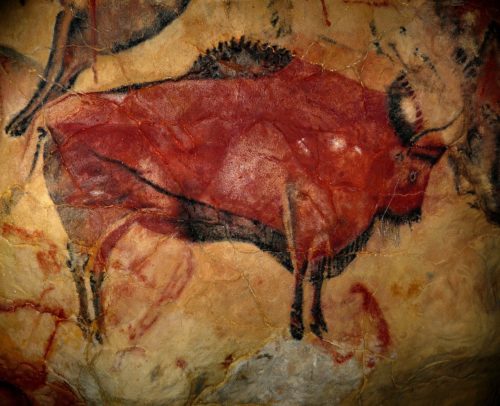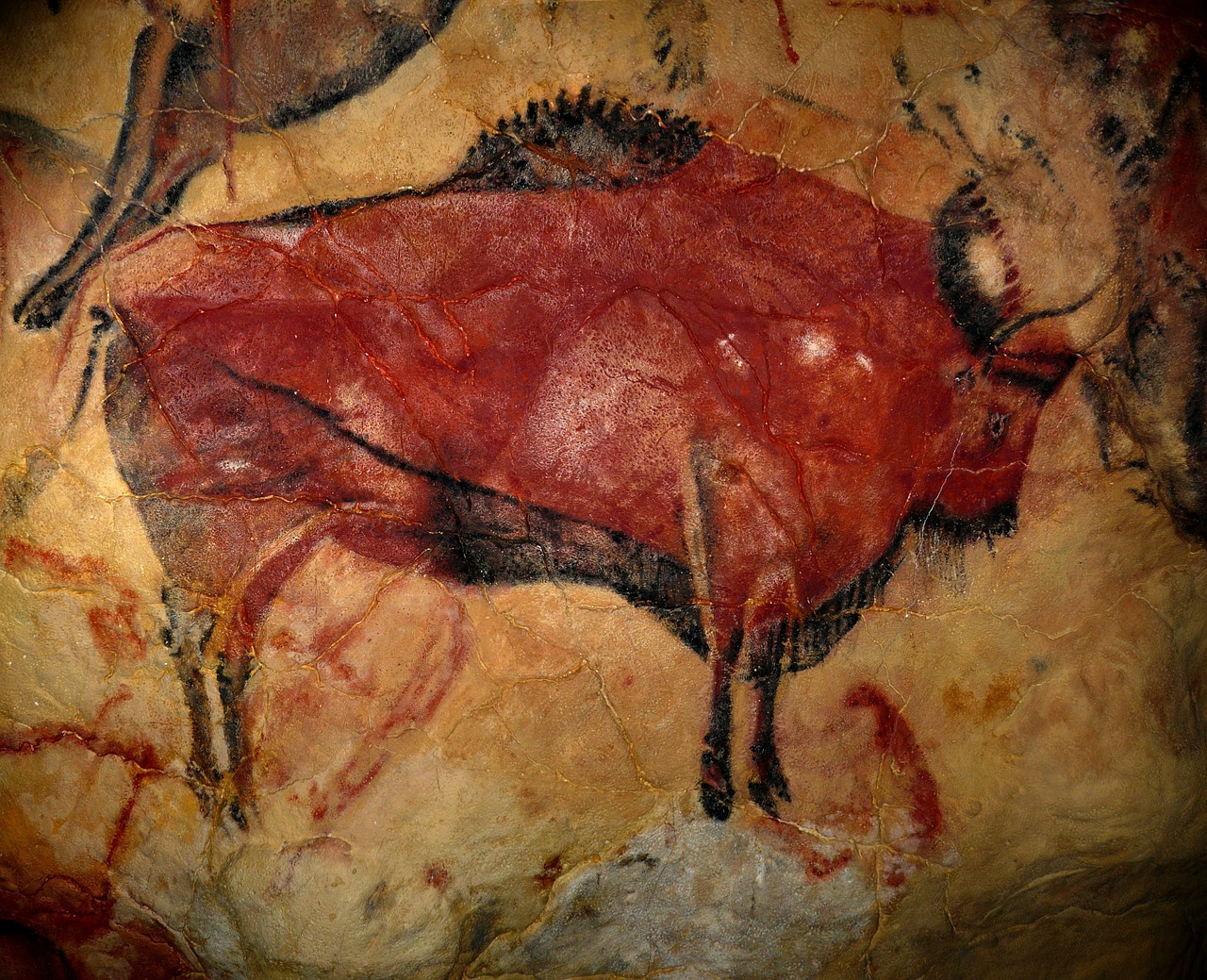
While it may well be that veganism is “no longer relegated to the fringes of society where for so long it was mocked for being ‘weird’ or ‘extreme’,” it still seems a stretch to say, as a Forbes article did a year ago, that “veganism is going mainstream” and “vegan living is starting to become the norm.”
Indeed, depending on whom one reads, vegetarianism and veganism are either exploding in growth, with some advocacy groups reporting a 600 percent increase between 2014 and 2017, or it has remained the same for the past 20-25 years. As Gallup reported in August, “few Americans [are] vegetarian or vegan.” Granted, 5 percent say they’re vegetarian and 3 percent say they’re vegan, but, as one statistical journalist observes from the data, “fewer than one in 10 Americans adheres to one of the diets.”
There are many good reasons for being a vegetarian or vegan. People may cite ethical concerns about animals or the environmental impact of agriculture, religious guidelines, or health concerns. These can all be considered legitimate reasons for the elimination of animals or animal products from one’s diet and a valid personal choice.
It is when this personal decision moves from being a diet choice to an ideology that we who are meat eaters may feel rightful unease. When the vast majority of the world eats meat and uses animal products and is yet condescendingly spoken of as stupid or morally inferior in lacking empathy, a certain righteous indignation may arise.
Beyond the fact that most who embrace this lifestyle are young, liberal and struggling (most make under $30,000 a year), paleoanthropology indicates that meat eating has a great deal to do with what made humans who they are! This can be demonstrated by allusion to the relation of meat eating to the evolutionary development in hominin brain capacity, language and morality.
Meat eating and brain capacity
As Sang-Hee Lee and Shin-Young Yoon portray in Close Encounters with Humankind: A Paleoanthropologist Investigates our Evolving Species (Norton, 2018), our first primate ancestors originated 80-65 million years ago, living in treetops with fruit and leaves as their main diet. These first primates would have been small enough to fit in the palm of one of our hands, the size of a tarsier, which has a brain the size of its eyeballs!
Such a small creature required little caloric intake for sustenance, probably leaves and fruits, similar to apes with larger body sizes, such as orangutans and gorillas, which are almost exclusively herbivores. As they are often unable to find the animal meat needed to sustain their large bodies, they occasionally resort to eating their decomposing babies after death, something more common in chimpanzees, which also hunt baby baboons.
Because our primate ancestors were mostly herbivorous, paleoanthropologists think early hominins from 4-5 million years ago were, as well. The shape of the teeth indicate substantial mastication (chewing), which would have been necessary to process large amounts of vegetation, since plants have lower caloric density than animal protein and fat. Furthermore, with a brain size similar to modern chimpanzees, it is likely they lacked the capacity to hunt moving prey or track and scavenge from other hunters.
As Lee and Yoon so succinctly put it, “Herbivores don’t need large brains, because plants don’t move”!
Something changed around 2.5 million years ago, however, when Homo erectus and other early diminutive hominins who had relied on plant-based food had to compete for dwindling resources with the gorilla-sized Paranthropus hominin in a dry period in Africa lasting from about 2.6 million years ago till 12,000 years ago. The early Homo had to survive by scavenging for animal fat and meat, apparently from bone marrow when the larger predators had cleaned off the carrion. This was suggested by the overabundance of vitamin A in the body of a Homo erectus fossil found in Koobi Fora in Kenya in 1974, the likely result overeating of animal innards.
Early hominin brain size was about that of a chimpanzee adult, a third that of a modern human adult. By two million years ago, the hominin brain had almost doubled in size to 900 cubic centimeters and by 10,000 years ago it approached the modern average of 1400 cubic centimeters. Meat eating is what led to this explosion in brain capacity.
Lee and Yoon assert, “The intake of high-calorie food led to an increase in cranial capacity. The brain is an organ that is costly to make and costly to maintain (in terms of caloric energy). To have a big brain, you must secure a calorie-dense, high-quality food source. As we added meat to or diet out of necessity, we also made it possible to increase our brain size.”
The regular consumption of high-fat, high-protein food, animal meat, further led to increased body size, eventuating in Homo erectus having a body of nearly six feet. In short, meat eating was the primary means by which Homo sapiens came to look, think, and act as we do today!
Meat eating and culture
Having a big brain does not, of course, mean any creature is inherently more intelligent. Were that the case, elephants, for instance, would be much more intelligent than humans. It is not brain size per se, but what is called the encephalization quotient (EQ), the comparison of the brain to body mass, that is indicative of intelligence. If the brain to body mass ratio meets expectations, the EQ is said to be 1, as is found in a cat, or potentially a bit higher in elephants.
Humans have an EQ of 7-8, according to anthropologist Chet Sherwood in the September 2018 special issue of Scientific American aptly entitled “Humans: Why we’re unlike any other species on the planet.”
Having gotten the taste, indeed the need, for meat, Homo erectus hunted big game in many locales from 1.2 million to 300,000 years ago. Obviously, many animals hunt, so that in itself does not set humanity apart. Evolutionary biologist Kevin Laland states, “The emerging consensus is that humanity’s accomplishments derive from an ability to acquire knowledge and skills from other people. Individuals then build iteratively on that reservoir of pooled knowledge over long periods. This communal store of experience enables creation of ever more efficient and diverse solutions to life’s challenges. It was not our large brains, intelligence or language that gave us culture but rather our culture that gave us large brains, intelligence and language.”
While the origins of language remain debated and mysterious, it would seem likely a larger brain and bodily capacity, in conjunction with living in groups with concomitant needs to find and obtain food, particularly meat, and to acquire and enhance the capabilities to capture it, would be involved in the development of language.
Thomas Suddendorf speaks of two transformational traits that set us apart from other animals. Animals and humans share many cognitive capacities, but “two unique human features” helped transform these capacities into the mind that sets us apart. One is what is called “nested scenario building,” which allows us to imagine alternative situations and possible outcomes and to embed them into a larger narrative of connected events.
The other is the urge to connect, to exchange thoughts with others, the scaffolding of abilities upon the work of those who’ve preceded us. “These two traits amplify each other and have altered our minds, leading to human language, mental time travel, morality, culture, ‘mind reading’ (or discerning the thoughts of others) and the capacity to develop and share abstract explanations of the world around us.”
The earliest evidence of deliberate practice in developing a spear, which would be used to kill animals for food, clothing, and more, is the Acheulean stone tools of Homo erectus some 1.8 million years ago, though it is unknown when language, foresight, intelligence, cultural and morality and a theory of mind actually arose in humanity. Notwithstanding, Suddendorf is surely right to speak of all of this as “something profoundly distinct” about us. It would seem hard to deny its connection to the basis of survival, the killing and use of animals for sustenance.
Meat eating and morality
Bees, ants and other creatures may exhibit aspects of reciprocity and cooperation, but neither of these gets at “what is arguably the essence of human morality—the sense of obligation that human beings feel toward one another.” Michael Tomasello goes on to say that this sense of interdependence came about “with the particular circumstances that forced humans into ever more cooperative ways of life, especially when they are acquiring food and other basic resources.”
The cooperation involved in a hunt, when the chaser must do one thing and the spearer another, would have been with the mutual goal of killing the big game for food and clothing. “Each partner on the hunt was equally deserving of the spoils, in contrast to cheats and free riders who did not lend a hand,” Tomasello says. In choosing a partner for such a collaborative effort, then, early humans wanted someone who would uphold expected roles and divide the spoils evenly.
Hunting aurochs or large game required joint intentionality, focusing on common goals. This stands in contrast with chimpanzees’ each-for-himself scramble during a monkey hunt, where conflict is only resolved through dominance.
This joint intentionality, or “second-personal morality” as Tomasello calls it, subordinated the individual to the group, which was eventually expanded to a collective intentionality of norms, conventions and institutions in larger social groups of humans some 150,000 years ago. Whether morality can be so fully accounted for by mere naturalistic means need not be dealt with here. Suffice it to say that the objective of meat procurement would have been central to the development of such norms on an evolutionary basis.
Conclusion
“Sorry, vegans: Here’s how meat-eating made us human.” Jeffrey Kluger thus entitled an article in Time two years ago in opposition to “ideological veganism, the kind that goes beyond diet and lifestyle wisdom to a sort of counterfactual crusade. For this crowd, it has become an article of faith that not only is meat-eating bad for humans, but that it’s always been bad for humans.”
This article adds to that effort to correct arrogant and unscientific assertions that those who support meat eating are stupid or lack empathy. Were it not for meat eating, humanity would likely never have developed the brain capacity and bodily capability to think intentionally and self-consciously, communicate via language and acquire the morals, patterns and expectations implicit in culture.
“Humanity’s place in the evolutionary tree of life is beyond question,” Laland rightly maintains. “But our ability to think, learn, communicate and control our environment makes humanity genuinely different from all other animals.” Regardless of personal choices today to eat meat or not, let us acknowledge the importance of meat eating to the pinnacle of evolutionary development humanity experiences today.
Randall Otto is a Presbyterian minister and instructor in religion, philosophy and other humanities for Thomas Edison State University, Southwestern College, Graceland University and Chamberlain School of Nursing.
This article by Randall Otto was originally published on MercatorNet.com under a Creative Commons Licence. If you enjoyed this article, visit MercatorNet.com for more.
https://www.mercatornet.com/features/view/meat-eating-and-mental-development/22067
